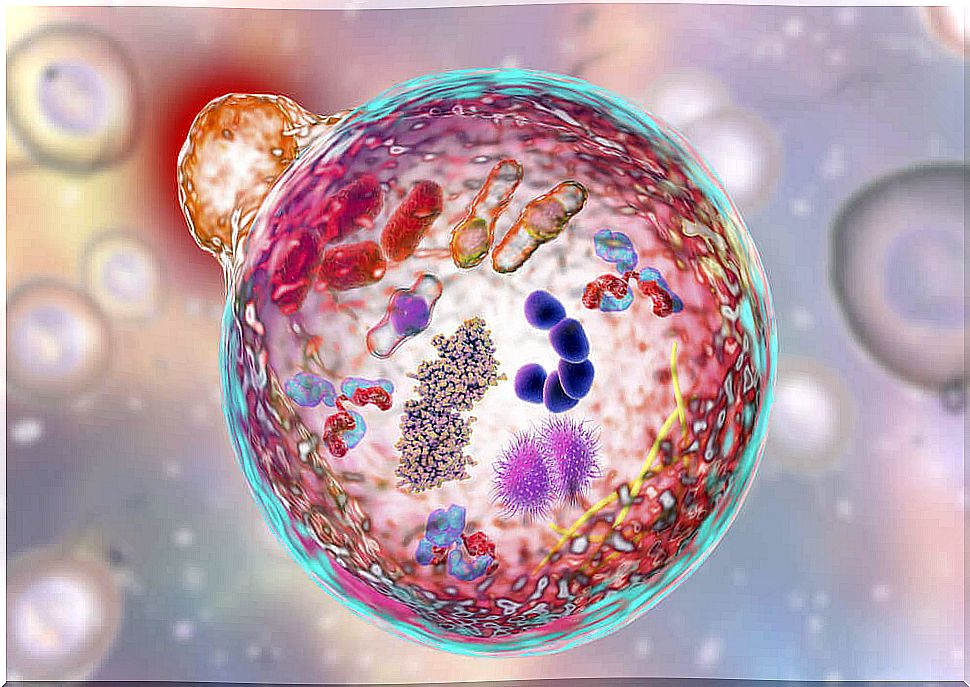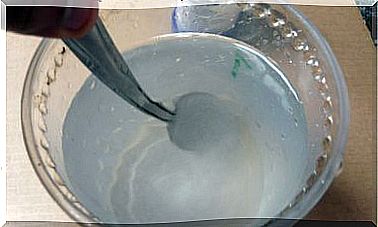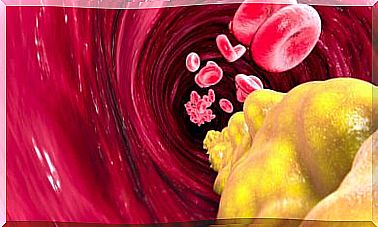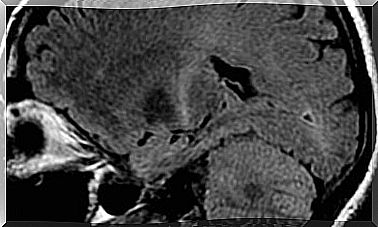Mucopolysaccharidosis: Causes And Symptoms
Mucopolysaccharidosis refers to a disorder characterized by the presence of a defective lysosomal enzyme.
Under normal conditions, this enzyme would be responsible for the degradation of mucopolysaccharides. In this way, it would avoid its accumulation. In some cases, the enzyme is not synthesized directly due to a genetic defect.
Find out all about mucopolysaccharidosis in this article.
What are mucopolysaccharides?
Also called glycosaminoglycans (GAGs), these molecules are nothing more than long-chain, unbranched sugars.
Said sugars are constituted by successions of simpler carbohydrate molecules. Generally they are formed by a repetition of disaccharides that are usually: glucosamine and galactosamine.
There are different types of mucopolysaccharides. There are structural ones, such as hyaluronic acid, which is present in connective tissue.
Or they can be secretory, such as heparin, an anticoagulant molecule secreted by certain blood-sucking organisms (such as leeches).
Hiluronic acid is a substance with a viscous texture, which is especially concentrated in the joints, cartilage and skin of human beings. Therefore, it is very important in homeostasis.
In other words, it helps to maintain the body’s balance through the regulated exchange of matter and energy with the outside (metabolism).
Heparin is released in the vascular system, at sites where there is tissue damage, and is responsible for defending the body from invading bacteria and other foreign agents.
Lysosomes: structure and function

As we have mentioned previously, mucopolysaccharidosis is a consequence of the absence of the lysosomal enzyme responsible for its degradation.
Lysosomes are cellular membranous organelles that contain hydrolytic and proteolytic enzymes. They are responsible for degrading the intracellular (autophagy) and extracellular (heterophagy) materials that reach them. In this way, it avoids its accumulation.
In other words, lysosomes are the organelles in charge of cellular digestion. This would come to be something like the digestive system of the cell.
The deficiency of some lysosomal enzyme prevents its degradation, which implies its accumulation. In this way, the structures that will be most affected will be those that produce the most material that the lysosome is unable to degrade.
Specifically, mucopolysaccharidosis affects the vast majority of tissues, since these molecules are one of the fundamental bases of connective tissue, which is distributed throughout the body.
This accumulation can be a real problem, because it can cause the lysosome to burst, releasing all the digestive enzymes in the cell cytoplasm, which would imply the imminent death of the affected cell.
Mucopolysaccharidosis

The absence of the enzyme responsible for the degradation of these molecules is due to a genetic defect.
It is generally an autosomal recessive disease; that is, the mutations take place on non-sex chromosomes and both alleles of the gene are required to be defective.
The defect may be such that the enzyme in question is not synthesized directly .
However, most of the time it is simply due to a mutation in the base sequence, which leads to the modification of one or more amino acids of the active center of the enzyme, rendering it useless.
An enzyme is made up of a sequence of amino acids. Most of them fulfill a structural function. However, a few, generally 3 or 4 amino acid sequences, constitute the active center of the enzyme.
The active center is the region in charge of the catalytic process. Therefore, if one of its amino acids is replaced by another with very different characteristics, the enzyme will not be able to perform its function. This is what happens in the case of mucopolysaccharidosis.
Consequences and treatment

Generally, the consequences are often fatal. Individuals with this disease present numerous and important bone and central nervous system alterations, as well as alterations of soft tissues rich in connective tissue (such as tendons).
The most frequent manifestations are the following:
- Valvular disease.
- Cognitive delay
- Rough facial features.
- Skeletal alterations.
- Joint contractures.
- Unusually tough hair and hair.
- Respiratory insufficiencies.
- Abnormal enlargement of the organs.
Enzyme replacement with alpha-L-iduronidase has proven to be the most effective treatment to date.
In fact, it very effectively stops the progression of the disease at a systemic level, except for problems triggered in the central nervous system. This is probably due to its lower rate of cell turnover.
If you suspect that you have this disease, consult your doctor.









